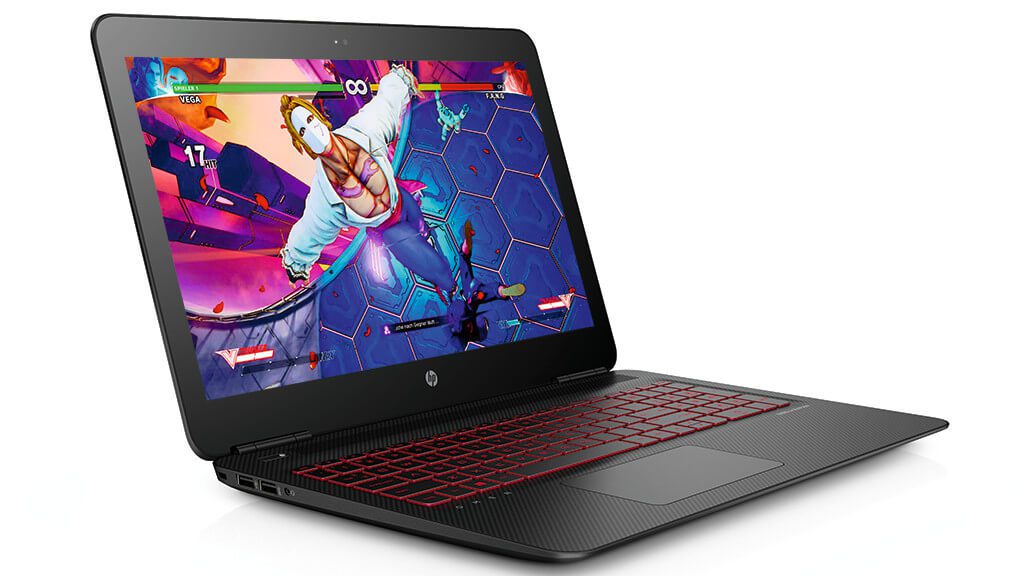Schlagwort: laptop
-

Portable Raspberry Pi 4 computer | Hackspace magazine #24
Reading Time: 7 minutesWhy hunch over a laptop when you can use Raspberry Pi 4 to build a portable computer just for you? Here’s how HackSpace magazine editor Ben Everard did just that… Yes, I have mislaid the CAPS LOCK and function keys from the keyboard. If you come across them in the Bristol area,…
-

Is this the most ‘all-in-one’ a computer can possibly be?
Reading Time: 3 minutesElectronic Grenade’s Computer Mouse is the turducken of the tech world, stuffed so full of computing gubbins that you genuinely don’t need anything else. Don’t believe us? See for yourself: The “Computer” Mouse: A DIY Project The computer mouse is an entire laptop computer in mouse form that uses the raspberry pi…
-

MagPi 74: Build a Raspberry Pi laptop!
Reading Time: 3 minutesHey folks! Rob from The MagPi here with the good news that a brand new issue is out today, with a slightly new look. The MagPi 74 shows you how to build a Pi‑powered laptop, and gives tips on how to recycle an old laptop to use with Pi. The laptop is…
-

HP OMEN Gaming Laptop Forza Horizon 3 Top Speed 341km/h
Reading Time: < 1 minuteHP OMEN Gaming Laptop Forza Horizon 3 Top Speed 341km/h HP OMEN Gaming Laptop Review Forza Horizon 3 Top Speed 341km/h All games played on the Omen must be played with the AC Adapter switched in, so it has surely more power. we are more using it for work on the…
-

Das HP OMEN 15 Killer Gaming Notebook bei uns im Test!
Reading Time: 3 minutesDie neue HP Omen Serie erstaunt nicht nur durch ihr schlankes und futuristisches Design, sondern lässt auch alle Gaming Freak Herzen höher schlagen. Hier unsere Erfahrungen nach 1 Woche mit diesem kleinen Allrounder: Zuerst zur hülle des Notebooks, man findet alle gängigen und benötigten Anschlüsse gut positioniert auf beiden Seiten des Laptops, und wie gesagt…




